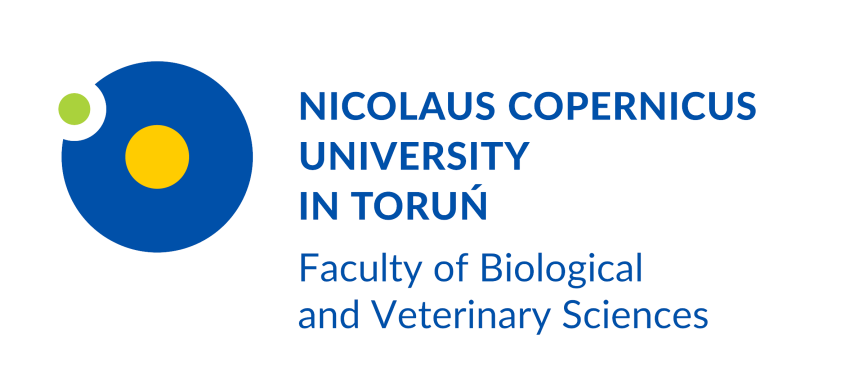![obrazek: Cajal bodies – evolutionarily conserved nuclear biomolecular condensates with properties unique to plants [fot. dr hab. Dariusz Smoliński, prof. UMK] The Plant Cell](http://www.umk.pl/wiadomosci/serwisy_wp/zdjecia/29985/srednie.jpg)
In a special issue of The Plant Cell (IF = 12.085) titled "Biomolecular Condensates," an article co-authored by scientists from UMK, Agnieszka Kołowerzo-Lubnau and Dariusz Jan Smoliński from the Institute of Biology at UMK, will appear. The article was developed in collaboration with researchers from The James Hutton Institute - Michael Taliansky and Andrew Love in the United Kingdom.
Proper orchestration of the thousands of biochemical processes that are essential to the life of every cell requires highly organized cellular compartmentalization of dedicated microenvironments. There are two ways to create this intracellular segregation to optimize cellular function. One way is to create specific organelles, enclosed spaces bounded by lipid membranes that regulate macromolecular flux in and out of the compartment. A second way is via membrane-less biomolecular condensates that form due to to liquid-liquid phase separation. Although research on these membrane-less condensates has historically been performed using animal and fungal systems, recent studies have explored basic principles governing the assembly, properties, and functions of membrane-less compartments in plants.
Biomolecular condensates in plants perform many more functions than were previously known; the roles of Cajal bodies, are explored in depth, shedding light on the numerous functions performed by biomolecular condensates in plants.
In this review, Taliansky et al. discuss how phase separation is involved in a variety of key processes occurring in Cajal bodies (CB), a type of biomolecular condensates found in nuclei. These processes include RNA metabolism, formation of ribonucleoproteins involved in transcription, RNA splicing, ribosome biogenesis, and telomere maintenance. Besides these primary roles of CBs, we discuss unique plant-specific functions of CBs in RNA-based regulatory pathways such as nonsense-mediated mRNA decay, mRNA retention and RNA silencing. Finally, we summarize recent progress and discuss the functions of CBs in responses to pathogen attacks and abiotic stresses, responses that may be regulated via mechanisms governed by polyADP-ribosylation. Thus, plant CBs are emerging as highly complex and multifunctional biomolecular condensates that are involved in a surprisingly diverse range of molecular mechanisms that we are just beginning to appreciate.
Taliansky M, Love AJ, Kołowerzo-Lubnau A, Smoliński DJ (2023). Cajal bodies – evolutionarily conserved nuclear biomolecular condensates with properties unique to plants. The Plant Cell. DOI: 10.1093/plcell/koad140

 ul. Lwowska 1, 87-100 Toruń
ul. Lwowska 1, 87-100 Toruń